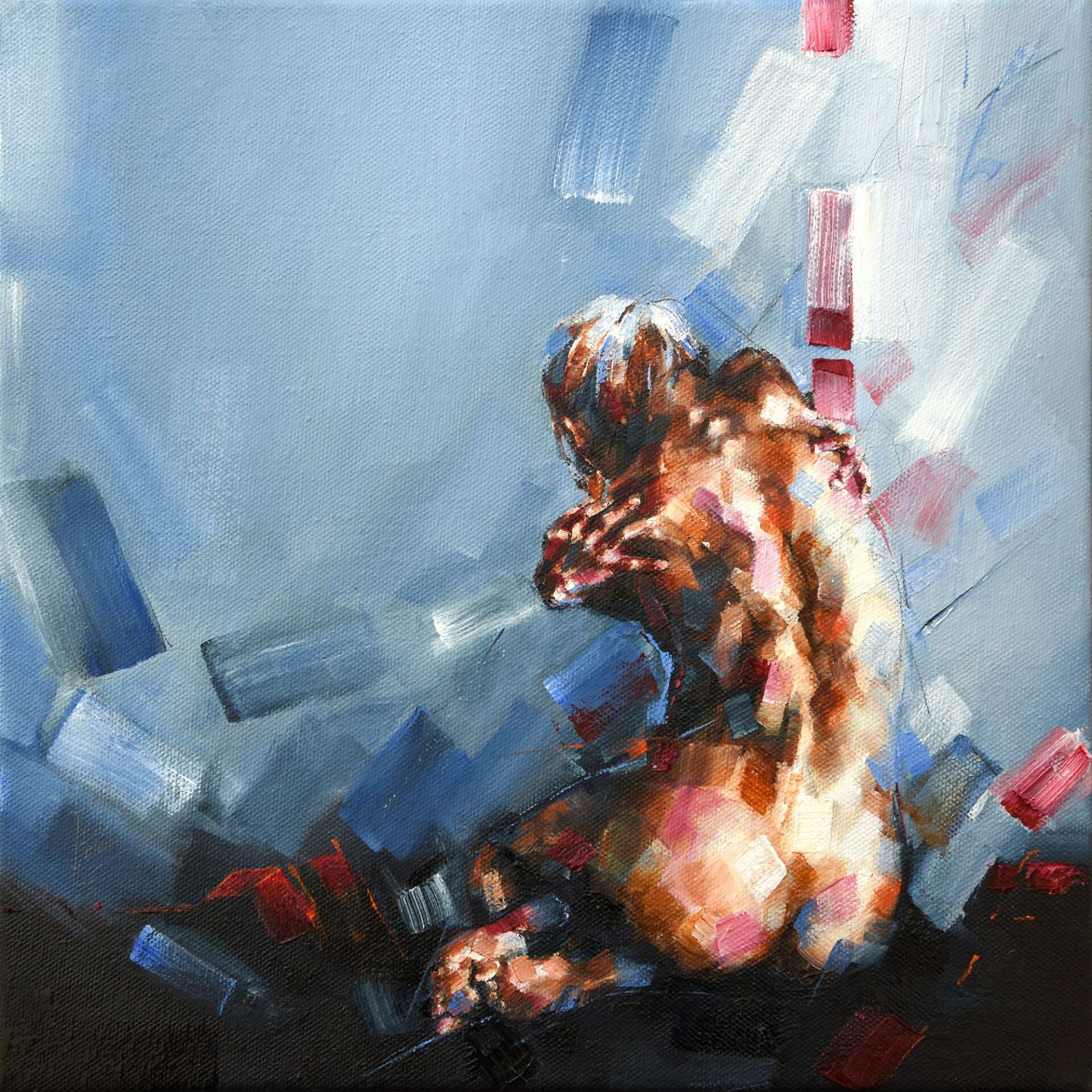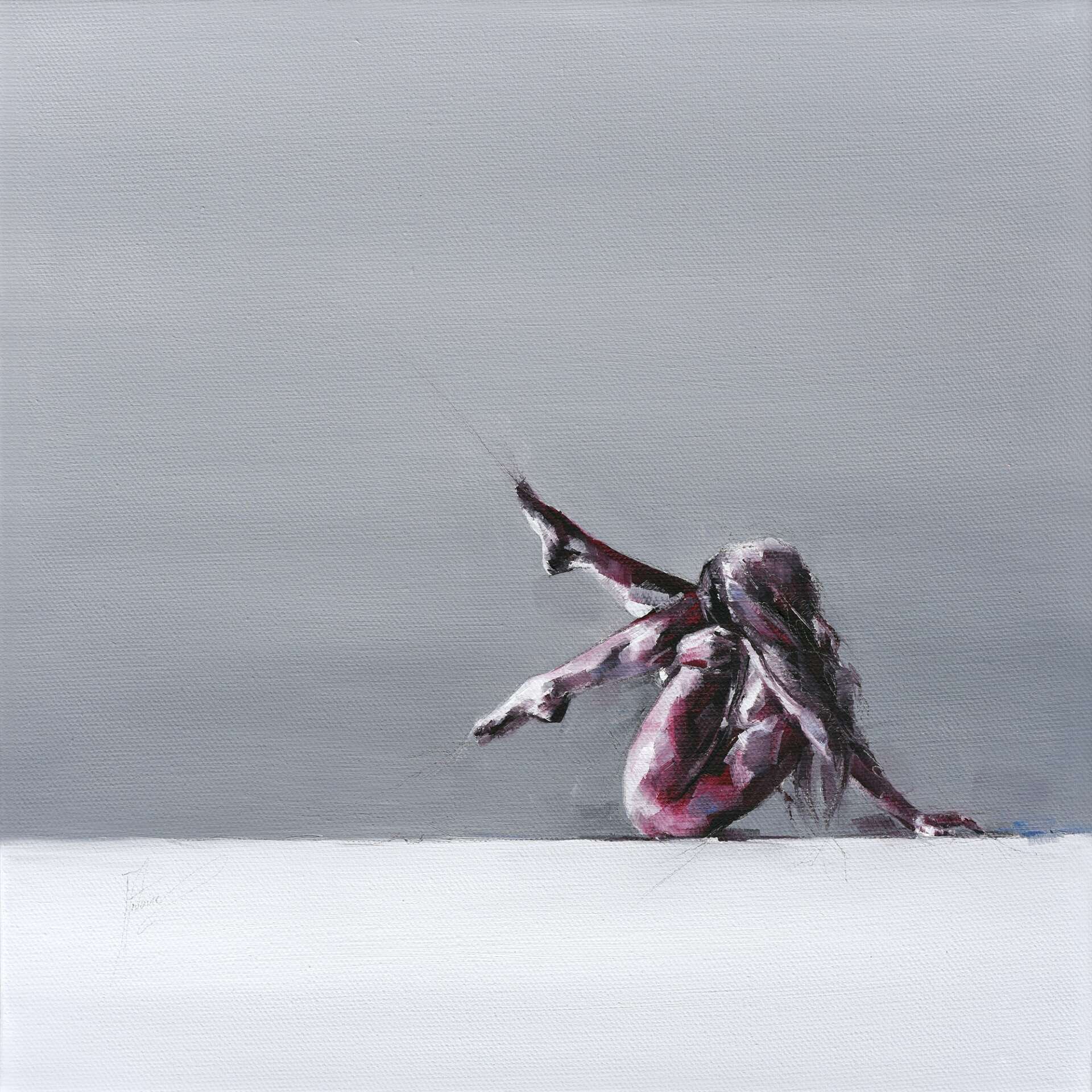We were lucky to catch up with Antoine De Villiers recently and have shared our conversation below.
Antoine, thanks for joining us, excited to have you contributing your stories and insights. When did you first know you wanted to pursue a creative/artistic path professionally?
After surviving a devastating motorcycle accident at the age of 17 that claimed the life of my friend, my diary was stolen and I lost my medium of expression. At the same time, my mother struggled with mental illness and it was then that she found her artistic voice as art became a means of survival. My work spread from an intention to cope with challenging emotions while seeking to find my place in the world.



Antoine, love having you share your insights with us. Before we ask you more questions, maybe you can take a moment to introduce yourself to our readers who might have missed our earlier conversations?
I was born in a small town in the northern part of South Africa called Potchefstroom. During a challenging childhood and struggling with depression, I had a wonderful, encouraging art teacher. I learned that I could use art as a way to express myself and, therefore, as a form of self-therapy. I’ve often said that it wasn’t talent but audacity that drove me forward. In fact, I don’t believe I had much of the former, but with sheer willpower, a defiant attitude and thousands of hours behind the easel, I slowly made headway. Art critic Roberta Smith said ‘Don’t be an artist unless you absolutely have to.’ I have to. At times I’ve been stunned by the support my emotional work is getting. My work is not decorative or mainstream, but it is earnest. I don’t want to be derivative but to create the most honest and sincere emotional expressions.
Besides a few awards (which includes best figurative artist by the Richmond Art Museum, Indiana and best Solo Artist by Eric Smith at the New York Art Expo and more), I’m proud to still be standing after a 25-year career. I’m proud of the moments a viewer stands in front of my work and experiences something personal/moving.
What can society do to ensure an environment that’s helpful to artists and creatives?
I believe art is what makes living worthwhile and every dollar we spend is like a vote for what we wish to have more of. If we support mass produced, cheap prints we will get a world filled with that. But if we want the artists in our communities to create work that moves us, makes us see the world in a different light, to feel in ways we have not felt before, let’s support the creatives among us. We don’t all have the means to buy a five figure artwork, but we can all buy a small piece at our local craft market from a young artist just starting out.




Let’s talk about resilience next – do you have a story you can share with us?
I don’t believe any creative’s journey is without a decent amount of turmoil and challenges. But isn’t it just that, that makes successes so sweet?
At 21 I moved from South Africa to London, UK. My parents did not have the means to support me financially but I was determined to see the world. I sold a few pieces at an art fair in my hometown and saved just enough to pay for my airfare and survive a few days. In the next two years, I bathed the disabled, slept on many floors and I did marketing on the dangerous street corners of Brixton and Camden. Some days I had food, some days I did not. I did what I had to to sponsor my first solo exhibition in the trendy neighborhood of Notting Hill. Although I only sold two paintings, I felt like a queen – knowing I had enough to survive for two months.
Contact Info:
- Website: www.AntoineArt.com
- Instagram: www.instagram.com/antoineart
- Facebook: www.facebook.com/antoineartstudio
- Linkedin: www.linkedin.com/in/antoineart
- Twitter: www.twitter.com/antoineart
- Youtube: www.youtube.com/user/AntoineArt


